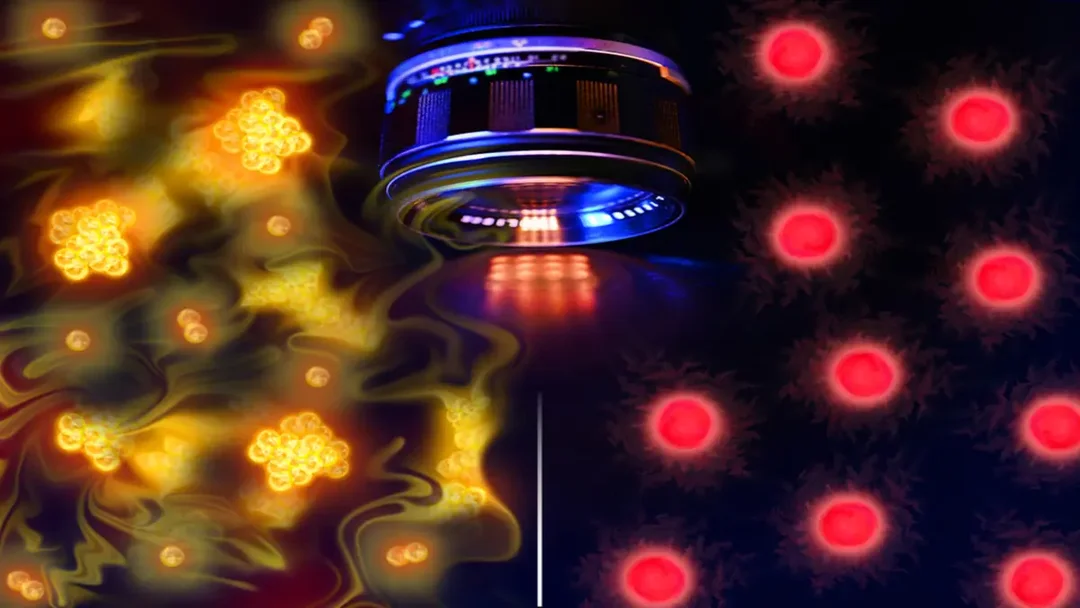
Physicists Capture First Images of “Free-Range” Atoms, Confirming Century-Old Quantum Theory
In a groundbreaking achievement, physicists have, for the first time, successfully captured images of individual atoms freely interacting in space. This remarkable feat not only confirms fundamental principles of quantum mechanics predicted over a century ago but also opens new avenues for exploring bizarre quantum phenomena.
Individual atoms, known for their elusive quantum nature, pose a significant challenge to observation. As Martin Zwierlein, a physicist at MIT and co-author of the research, explained, traditional methods only allowed scientists to capture images of atom clouds, akin to "seeing a cloud in the sky, but not the individual water molecules that make up the cloud."

The team, led by Zwierlein, overcame this hurdle by developing a technique called "atom-resolved microscopy." They began by corralling a cloud of sodium atoms in a loose trap at extremely low temperatures. Next, they used a lattice of laser light to briefly freeze the atoms, followed by a fluorescent laser to illuminate and capture their positions.
The observed atoms were bosons, particles that share the same quantum mechanical state and tend to bunch together. This behavior, predicted by French physicist Louis de Broglie in 1924 and known as a "de Broglie wave," was directly observed in the experiment. The researchers also imaged lithium fermions, which, unlike bosons, repel each other.
"We are able to see single atoms in these interesting clouds of atoms and what they are doing in relation to each other, which is beautiful," Zwierlein said, emphasizing the significance of visualizing individual atomic interactions.
The findings, published in Physical Review Letters, are corroborated by similar research from two other groups, including one led by Nobel laureate Wolfgang Ketterle. This collective effort marks a significant leap in our ability to probe the quantum realm.
Researchers at École Normale Supérieure in Paris, led by Tarik Yefsah, also contributed to this breakthrough, imaging a cloud of noninteracting fermions and studying the two- and three-atom spatial correlations in a 2D gas.
The ability to visualize these interactions at the atomic level promises to unlock deeper insights into quantum phenomena like the "quantum Hall effect," where electrons synchronize under a strong magnetic field.
"This kind of pairing is the basis of a mathematical construction people came up with to explain experiments. But when you see pictures like these, it’s showing in a photograph, an object that was discovered in the mathematical world," Richard Fletcher, a co-author of the study, noted, highlighting the tangible confirmation of theoretical concepts.
By directly observing the quantum behavior of individual atoms, scientists are now poised to explore previously unseen quantum phenomena and further refine our understanding of the universe at its most fundamental level.
What other quantum phenomena might be unveiled through this innovative imaging technique? Share your thoughts and predictions in the comments below!